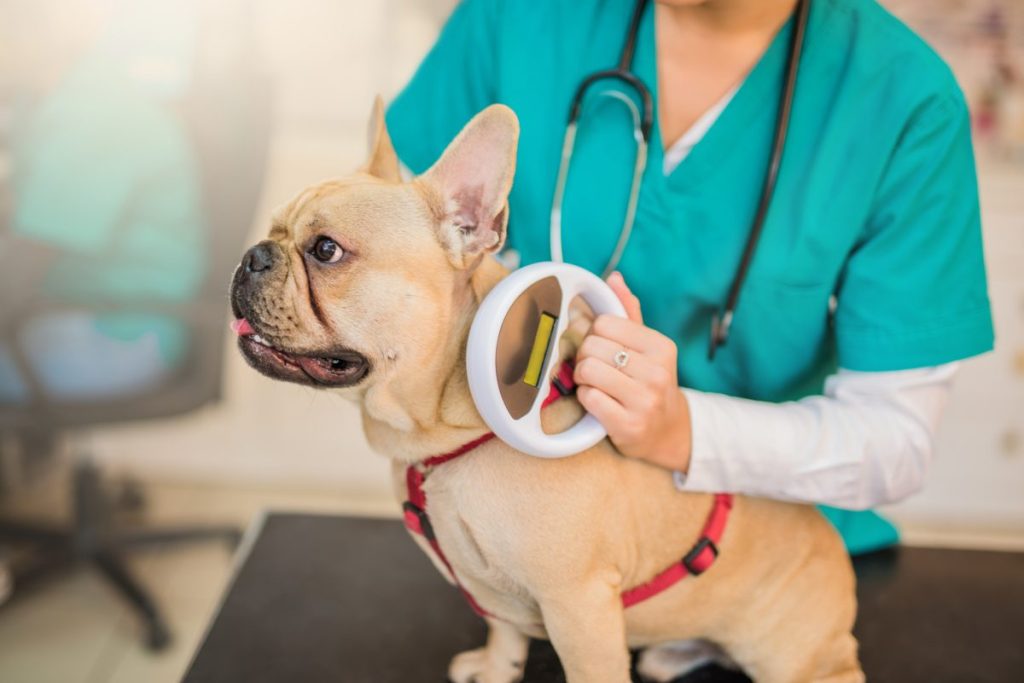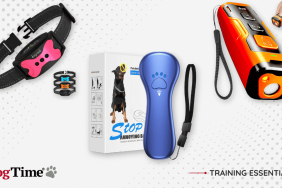As a devoted dog parent, ensuring the safety and well-being of your four-legged companion is of utmost importance. Microchipping has become an essential tool in reuniting lost dogs with their parents. Understanding microchips better will help you make an informed decision about your dog. Taking this simple precaution will provide you with peace of mind knowing that you are safeguarding your beloved pet. If you’re considering microchipping your furry friend, read on for more information about microchips, plus five fast facts about microchipping your dog.
How microchips work
A microchip serves as a permanent form of identification for your dog. It is a tiny electronic device approximately the size of a grain of rice. Your vet implants it under your dog’s skin. The insertion process is quick and minimally invasive. It’s akin to a vaccination and does not require anesthetic. The most common places to insert microchips are between the shoulder blades or on the back of your dog’s neck.
The microchip carries a unique alphanumeric code that links to your contact information in a centralized pet recovery database. When a lost dog is found, animal shelters, veterinary clinics, or rescue organizations use a handheld scanner to detect the presence of a microchip. The scanner emits a low radio frequency that powers the microchip, allowing it to transmit its unique ID number. This ID number is then used to access the pet recovery database, which contains your contact details.
5 facts about microchipping your dog
Now that you know the basics of how microchips work, let’s get into some important facts about this technology.
1. There is no national microchip database
If you microchip your pet in California and lose your dog in Ohio, there is a chance that the microchip will not be detected by the chip readers. Some are working to fix this by creating a national database but as of right now, it does not exist. To further complicate things, there are also different types and brands of microchips. Some have nine digits while others have 10 or 15 digits. Each has its own registry service. Figuring out what type of microchip your dog has, then searching the right database for contact information, is something of a guessing game.
2. Microchips cannot track your dog
Microchips are passive devices and do not have GPS tracking capabilities. They rely on someone finding your dog and having access to a scanner to read the chip’s information.
3. Scanning isn’t always easy
There are no guarantees with microchips. They are tiny, so if your dog is super wiggly while during the scanning process, the scanner might not detect it. Excessively matted fur can also make detection difficult. Keep your dog groomed for best results from your microchip. If you are trying to read a microchip, make sure the dog is as still as possible.
4. You need to do your part
Make sure you register your microchip and keep your information up to date. If you move or your phone number changes, make sure to update your information with the company that provided your microchip. Even if your dog has been missing for several years, you never know when someone will find your dog and try to contact you. Also, it’s a good idea to ask your vet to scan your dog’s microchip annually to ensure that it is properly functioning.
5. Microchipping alone isn’t enough
Also, note that while microchipping is a reliable and permanent form of identification, it’s essential not to rely solely on it. Instead, it should complement traditional identification methods like collars and tags. Ensure your dog wears a secure collar with updated ID tags displaying your contact information. In the event that someone without a microchip scanner finds your dog, these tags will serve as an immediate means of contact, helping facilitate a reunion.
Keeping your dog safe
Microchipping your dog is a responsible and proactive step towards ensuring their safety and increasing the chances of a reunion in case they get lost. It is a simple, affordable, and painless procedure that offers a lifetime of protection. Remember to maintain accurate contact information in the pet recovery database and use a combination of microchips, collars, and tags for comprehensive identification coverage. By understanding these five facts about microchipping, you can provide the best care and security for your beloved canine companion.









